Chapter 1: Introduction
Abstract
This chapter deals with a detailed introduction of global energy demand and supply, carbon emissions, and sectoral energy utilization and their consequences and also explains the requirement of a global transition from traditional energy sources to renewable energy. The statistics showing the steady growth in energy demand are presented to depict the need for a global transition from traditional energy sources to renewable energy. Also, a comparative assessment of the CO2 emissions arising after different industrial sectors is presented by highlighting the alarming statistics to illustrate the inevitability of reducing fossil fuel usage and growing the renewable energy resources implementation. The utilization of hydrogen as fuel, feedstock and the energy carrier is also highlighted to emphasize the global energy transition for the hydrogen industry. Renewable energy-based sustainable hydrogen production and different methods to store hydrogen for different applications are presented. A detailed section is introduced on the infrastructure, transportation and distribution of hydrogen for the utilization in different sectors. Furthermore, the hydrogen fuel cell applications and the detailed analysis and modeling of different fuel cell types including proton exchange membrane fuel cells, phosphoric acid fuel cells, ammonia fuel cells, solid oxide fuel cells and alkaline fuel cells are discussed in detail and key technological developments are presented that lead to the fuel cells commercialization.
Keywords
Fuel cell application; Global transition; Hydrogen; Hydrogen storage; Infrastructure; Renewable energy; Sustainable development; Transportation and distribution
A significant growth in economic development and population occurring around the globe has been a key reason behind the increased energy demand. It is a well-known fact that power generation plays a vital role in the industrial revolution of any country. The major portion of this energy demand is set to be covered by the traditional energy production methods employing fossils fuels, and a part of global energy demand is covered by renewable energy sources that are growing significantly. The global energy production can be divided into the categories of the crude sector, natural gas liquids (NGLs) and feedstocks, coal sector, natural gas sector, biofuels and waste sector, nuclear sector, hydro sector, solar/wind/other sectors, geothermal sector, and other sectors. sectors. It, therefore, displays that the crude, NGLs, and feedstocks lead the global energy production by 32% followed by the coal sector as 28%. The natural gas sector comes in the third position with 21.6% followed by biofuels and waste at 9.6%. A good percentage of 3.8% of global energy production is covered by renewable energy sources divided into 2.4% from hydro, 0.9% from solar/wind/other, and 0.5% from geothermal energy sources.1
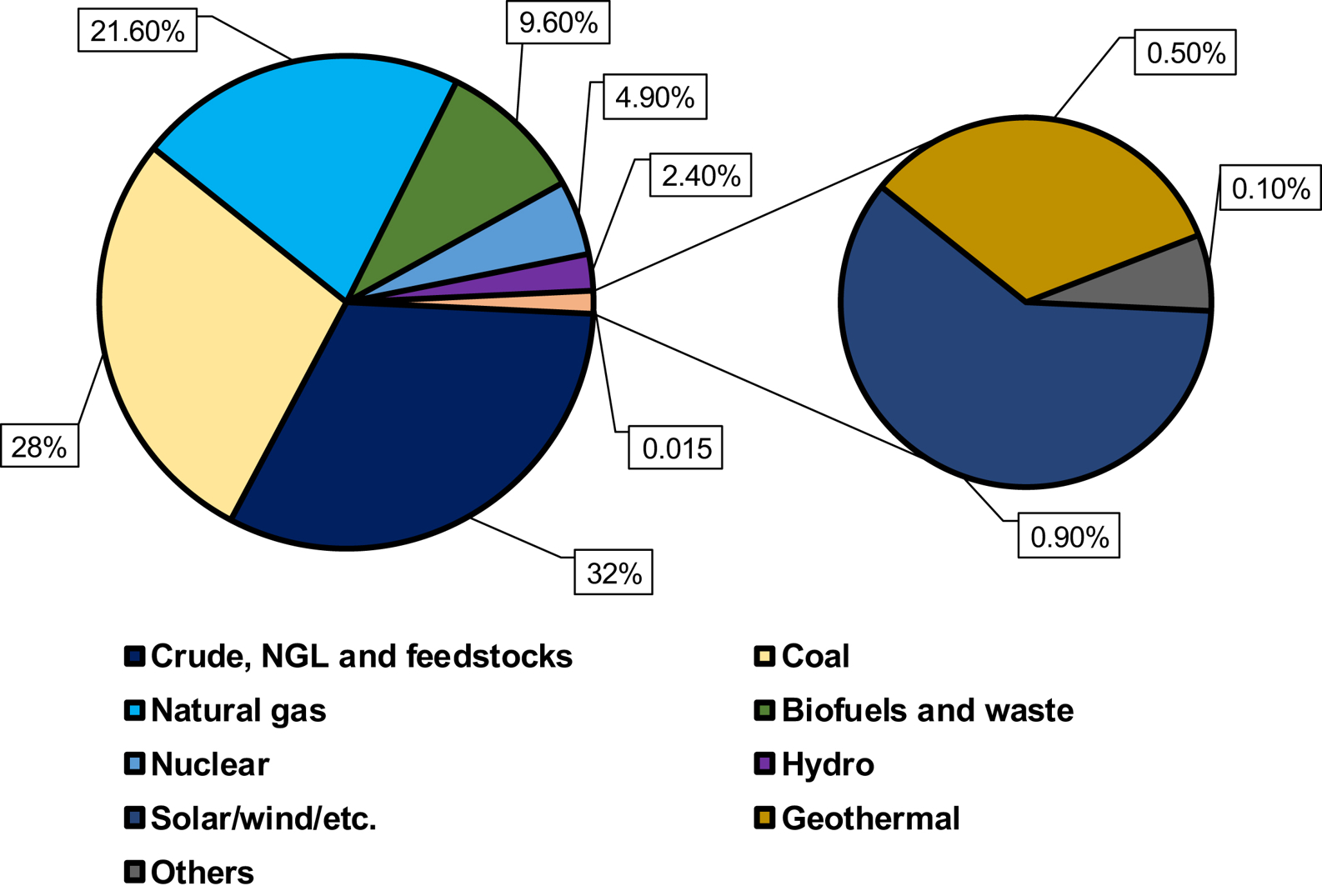
Fig. 1.1 Global energy production by sectors.
Data from [1].
Fossil fuels cover a significant portion of this increasing energy demand, and these traditional sources are fronting extreme challenges after the quick depletion. The key drawback of consuming these traditional sources is CO2 emissions and increased global warming.2 The global CO2 emissions can be divided into different major sectors of electricity and heat producers, other energy industries, industry sector, transportation sector, residential sector, commercial and public services, agriculture sector, and fishing sector.
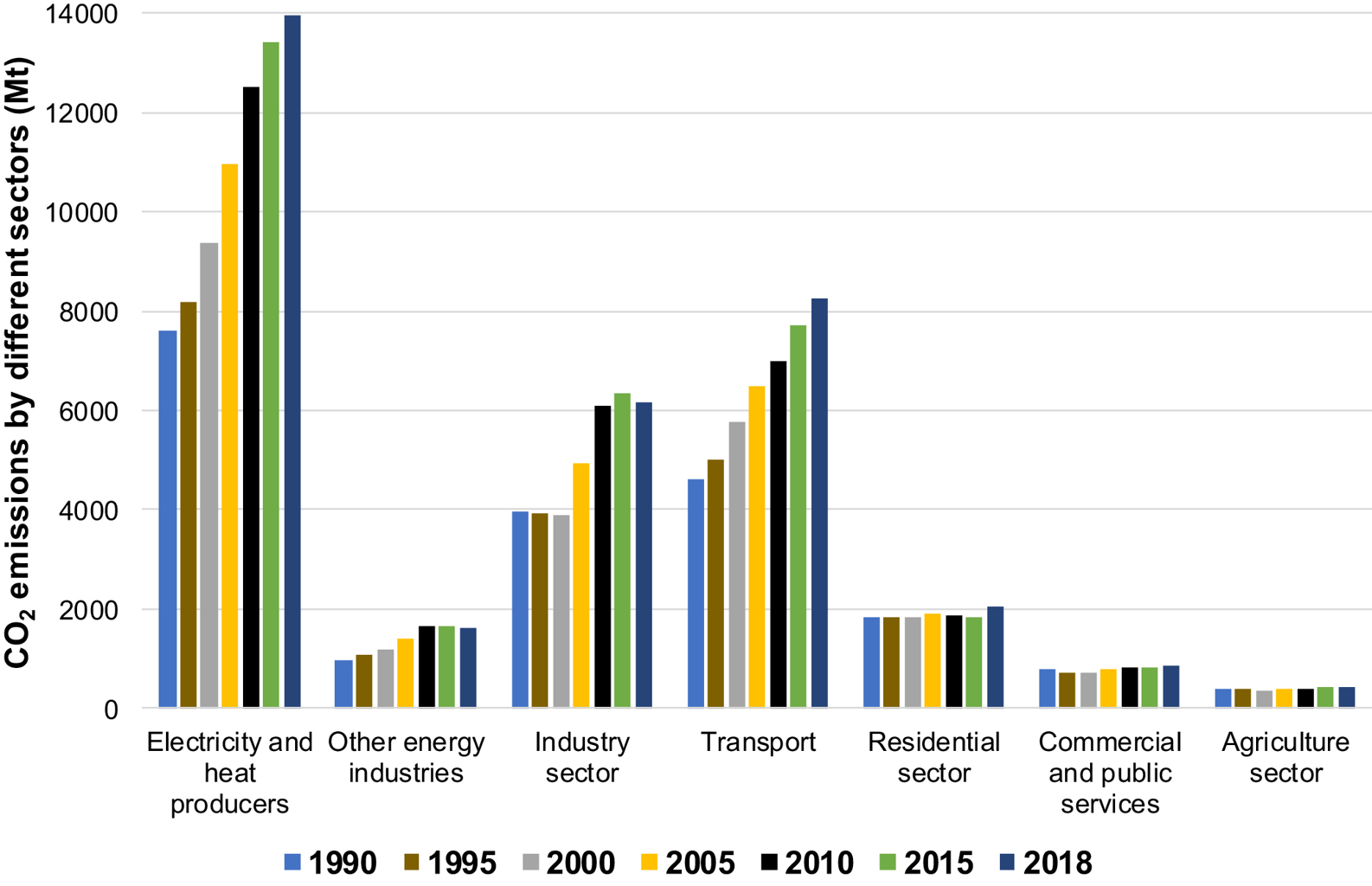
Fig. 1.2 Global CO2 emissions by sector.
Data from [3].
The renewable energy sources stand the finest applicant to replace these traditional sources due to the increased environmental problems. The increasing greenhouse gas emission, environmental problems, and carbon emissions taxes justify the need for the transition of traditional energy sources to renewable energy sources. Renewable energy sources, namely solar, wind, hydro, geothermal, ocean thermal energy conversion (OTEC), and biomass sources appears to be the most suitable candidacies to replace the traditional sources. Due to the intermittent nature of some renewable energy sources, sources and hydrogen can take the full benefit from renewable energy sources and to be used as storage media. Hydrogen has recently been getting more serious recognition globally as a potential fuel and a unique energy solution as it proposes advantages accompanied by its usage and carbon-free solutions availability. A recent study4 offered a comparative assessment of different renewable energy-driven hydrogen production methods. Moreover, it is a well-known fact that the existing fuel storage and transportation infrastructures that are employed for other chemical fuels can be used for hydrogen storage and transportation. in the appendix displays the distribution of CO2 emissions per capita globally.
The intermittent nature of solar and wind renewable energy sources increases the requirement of an energy storage media, and hydrogen is the chief candidate that can be used for multiple purposes such as fuel, energy storage media, synthesis of methanol and ammonia, and energy carrier. Hydrogen is getting more recognition globally as a potential fuel and a unique energy solution, as it proposes advantages accompanied by its usage and carbon-free solutions availability. Moreover, it is a well-known fact that the existing fuel storage and transportation infrastructures that are employed for other chemical fuels can be used for hydrogen storage and transportation.
A recent study5 has included a solar power and natural gas-driven hydrogen production system to minimize the carbon fuel taxes. A significant focus was to integrate solar energy sources with natural gas (steam methane) reforming for hydrogen production. They introduced a new concept of an improved steam methane reforming (SMR) system that varies the level of endothermic nature of steam methane reforming through the integration of steam and CO in SMR feed. The system was presented in which the previously mentioned resources are generated internally and recycled as well to create an SMR-based system for the hydrogen production system employing methane and driven by solar and methane energy supply. They also reviewed the environmental carbon tax legislative, and its probable influence on SMR and improved SMR was quantified for economic viability.
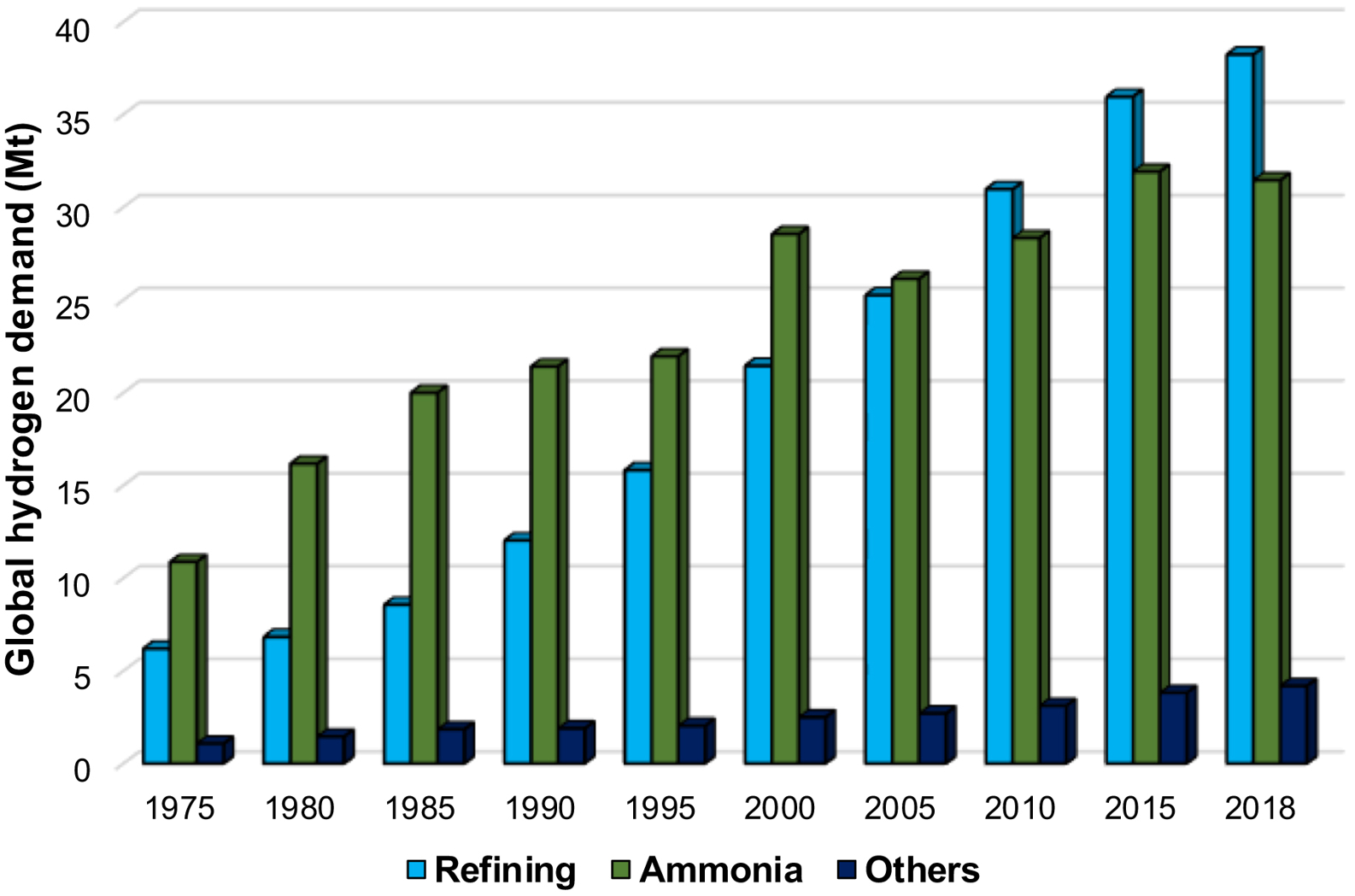
Fig. 1.3 Global demand for pure hydrogen, 19752018.
Data from [8].
A review paper6 was published on the steam reforming process-based on hydrogen production and conducted the economic analysis where their objectives aimed to offer a comprehensive economic and environmental study for producing hydrogen employing steam reforming of different raw materials, namely biomass, ethanol, biogas, and natural gas. It was found through the literature review that natural gas steam reforming offers lesser installed capital in comparison with other hydrogen production methods owing to the existence of high unconverted hydrocarbon quantities in produced gas (also known as tar) during other hydrogen production methods, namely biogas steam reforming. A recent study7 published a review article on methane solar thermal reforming for syngas and hydrogen production. The solar-driven steam methane reforming is accepted as a transition that offers a feasible and viable approach to generate a transition route toward solar-hydrogen economy and for decarbonization of fossil fuels. The commercially recognized traditional natural gas reforming concept that is extremely endothermic can be reduced using a solar-driven system and also offers reduced cost to introduce renewable energy-based hydrogen production techniques. These two technologies also share parallel technical problems considering thermodynamics and thermochemistry linking to exploit solar energy efficiently. In this viewpoint, they offered a comprehensive review study on the advancement and current standing of solar-driven reforming systems by keeping the significant focus on reactor technologies and the techniques that are employed until now to integrate SMR heat requirement principles with concentrated solar power. A detailed review was presented that addressed the solar reactors from each scale and also suggested future work directions.


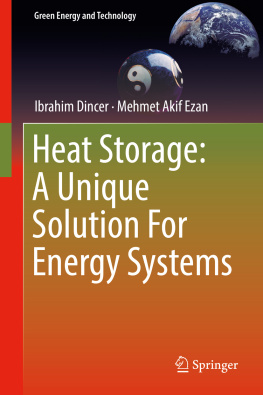






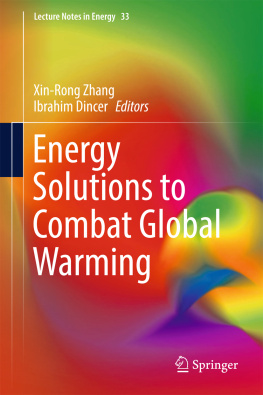

 Fig. 1.1 Global energy production by sectors.
Fig. 1.1 Global energy production by sectors. Fig. 1.2 Global CO2 emissions by sector.
Fig. 1.2 Global CO2 emissions by sector. Fig. 1.3 Global demand for pure hydrogen, 19752018.
Fig. 1.3 Global demand for pure hydrogen, 19752018.